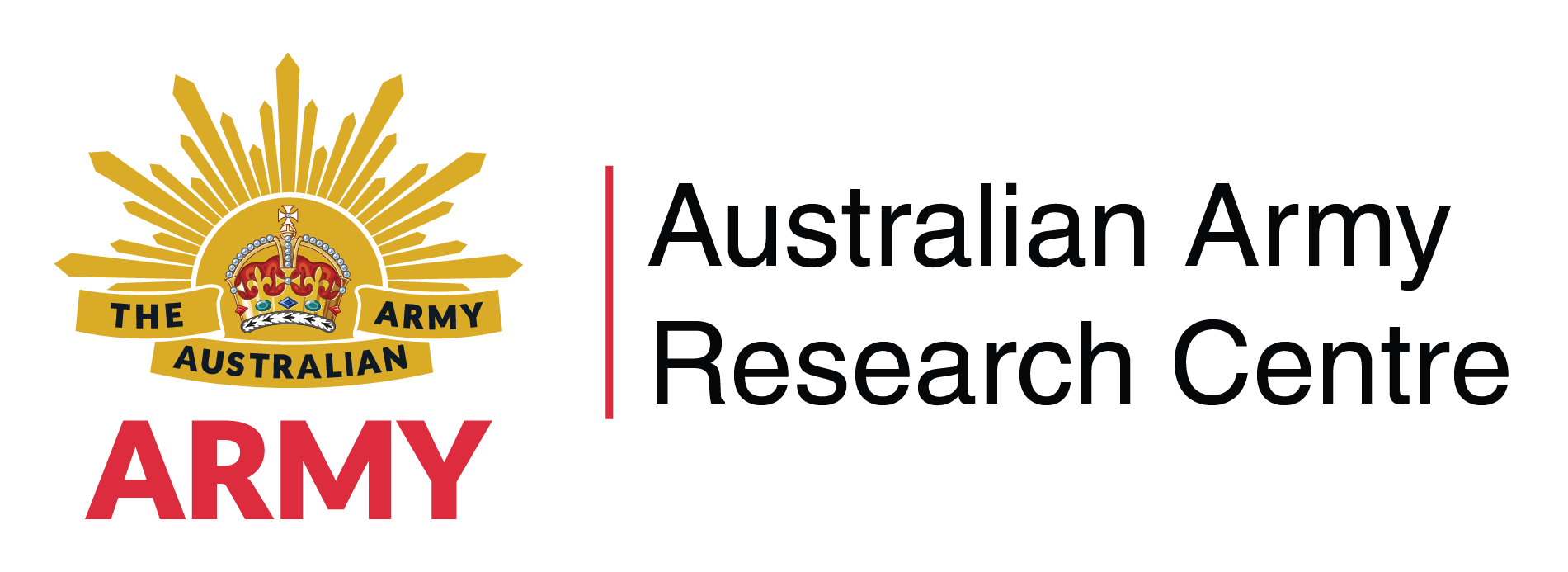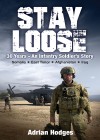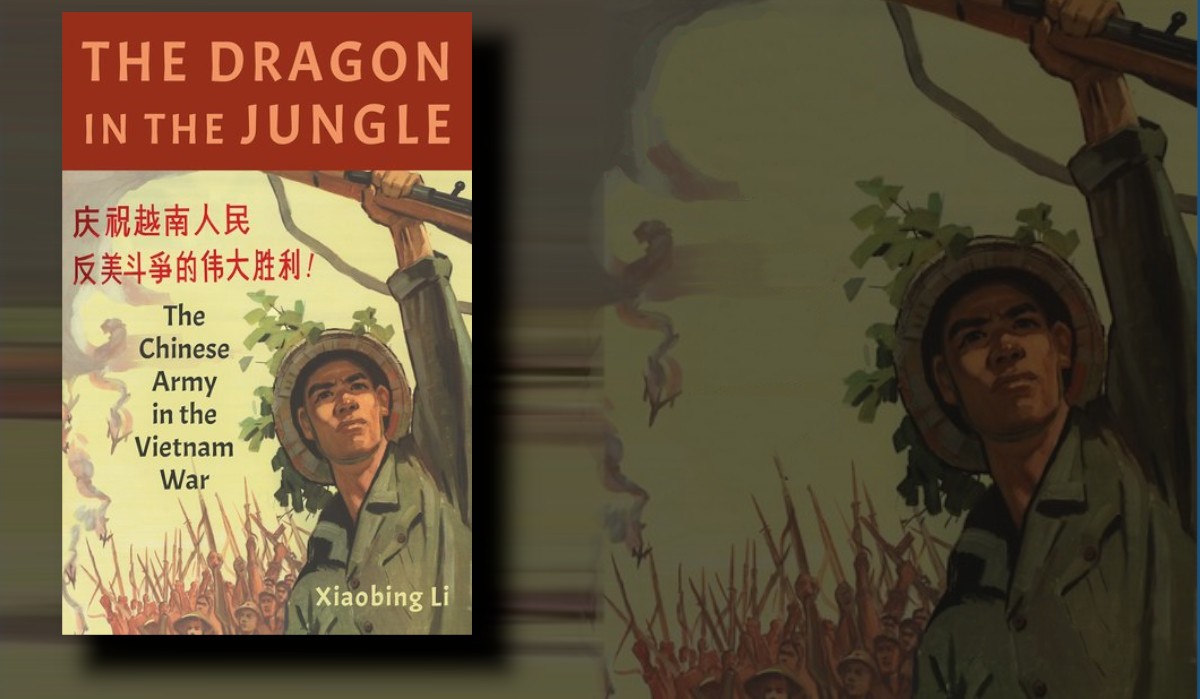30 Years – An Infantry Soldier’s Story: Somalia, East Timor, Afghanistan, Iraq
Newport, NSW: Big Sky Publishing. 2025. 312 pp. RRP AUD 34.99
Paperback ISBN: 9781923300187
Written By: Adrian Hodges
Reviewed By: Aaron P. Jackson
According to its title, this book offers an autobiographical account of the author’s 30-year career as an infantry soldier in the Australian Army, including four deployments. Frankly, this title sells it short. The book is much more than just the story of a 30-year career and four deployments. Additional inclusions are numerous. The first is Adrian’s several other deployments, which include peacekeeping in Solomon Islands and truce monitoring in Sinai Peninsula, as well as some other, smaller operations that would possibly slip through the cracks of history were it not for their preservation in accounts such as this (Operation Plumbob, for instance).
Second, and more significantly, this book tells the story of what life was like for an Australian Infantry soldier serving in the late 20th and early 21st centuries. In this way, it not only tells the story of one soldier; it chronicles what would have been common experiences for many other soldiers who served during the same period. Ergo, it captures a spirit of service that is much greater than just one man’s story, and several elements will likely resonate with other veterans who read it. Examples that applied to this reviewer include vivid memories of the smell of CS gas, going years without seeing a friend you made during your military service then easily picking up again exactly where you left off, and the judicious use of Tim Tams as a form of currency when serving in coalition environments. These are merely a few of many examples.
The third significant way in which this book outgrows its title is that it tells a much broader story of what Australian life was like in general for a young man of Adrian’s generation. For instance, 40 of the book’s first 57 pages chronicle his childhood and adolescence in rural Victoria and semi-urban Queensland. Another chapter covers his life after his first discharge from the Army in the mid-1990s. This includes his work as a court transcriber during the 1996 Blackhawk Crash Board of Inquiry, and a period of his life spent as a civilian backpacker wandering the globe while trying to find himself and decide what he wanted to do with the rest of his life. These chapters provide a valuable first-hand account of Australian life during the 1970s to 1990s, and they will surely resonate with any reader who has been unsure of what they wanted to do when they grew up. My own observations support Adrian’s comment that many (if not most) people who join the Army in their teens or early twenties are still essentially ‘sorting themselves out’. His decision to re-enlist in the Army in his late twenties after a five-year return to civilian life, and his conclusion that this decision enabled him to lead an adventurous and ultimately fulfilling life, is a message that Army could be better broadcasting to contemporary young Australians.
In terms of structure, the book is presented sequentially except for Chapter 1. This chapter narrates a single, tragic event (a training accident) and its aftermath, and frankly seems out of place between the introduction and the second chapter, which starts the chronological narrative from Adrian’s childhood. In the book’s epilogue, Adrian presents ‘words of wisdom from a life spent in service and travel’, the nature of which reinforce that this memoir is covering an entire professional life, not just the four deployments mentioned in the title. There are some sage points of advice here, which I will leave future readers to discover for themselves. The book is punctuated by further observations that constitute lessons learned. For example, there is a discussion at the end of Chapter 9 about the contemporary roles of regimental sergeants major and how these vary from this appointment’s traditional, 20th century roles.
For the most part, Adrian is content to summarise events and leave the reader to draw their own conclusions. There are pros and cons to this approach. A significant pro is that the book records Adrian’s experiences without becoming preachy or attempting to draw general conclusions from one individual’s subjective life experiences. Another pro of this approach is that Adrian maintains his humility in the face of several confronting and challenging events. A con is that, as a reader focused on professional military education, this reviewer was left wanting more. Indeed, I would encourage Adrian to consider penning another, shorter paper, specifically focussing on lessons learned from his experiences as a small team leader, and as a senior non-commissioned officer and warrant officer, in a range of operational and peacetime roles. I am certain that such a paper would be a valuable addition to course material in places such as the Warrant Officers and Non-Commissioned Officers Wing of Army’s Land Warfare Centre.
Summarised in a single word, the book’s style is conversational. Adrian writes in a way that makes it feel as if he is casually telling his story to a few mates over a beer or two. This is highly conducive to the book’s chronological, narrative-driven approach. It does, however, lead to the narrative rapidly switching in places between first and second person, and in others repeating background information about countries and regions visited. While constituting a potential drawback for an academic reader or historian (who would need to view this book with the same caution as any other autobiographical account), these factors endear the book to a military audience, and will make it easily accessible to a range of potential lay readers (both military and more broadly) who want to know more about what it is like to serve in the Australian Army generally, and in the Infantry specifically.
Another noteworthy aspect of the book is Adrian’s life philosophy, which he never labels as such but which is evident throughout. This life philosophy is perfectly captured in the book’s title, Stay Loose, and in phrases scattered throughout the book, such as ‘life is about seizing opportunities, right?’; ‘I didn’t really view what I was doing as a job, it was a way of life that I wholeheartedly embraced’; and, quoting Robert Plant, ‘the past is a stepping stone, not a millstone’. Many experiences are described using terms such as ‘one of the most incredible’, ‘a ripper’, or ‘a great experience’.
Amidst what (at times) seems like an ocean of recently-published autobiographical books by veterans focussing on their post-traumatic stress and its management, it is refreshing that –while Adrian acknowledges the sometimes-heavy personal cost of what he has experienced – he does not dwell on this. Living the motto of the Royal Australian Regiment, Duty First, he instead balances accounts of both the sacrifices and the adventure that comes with military life. This makes for an occasionally confronting or difficult read, but no story of service life would be complete without this element. His account is also permeated by dry and occasionally dark humour, with which many veterans will relate. Overall, though, the book remains a revitalising and optimistic read, something accentuated by its uplifting conclusion. A life of service, it seems, can still be worthwhile and highly rewarding in this day and age.
My biggest criticism of this book is that it omits maps of operational areas. Adrian’s discussions of Somalia, Afghanistan, and the other locations to which he deployed, would have been much easier to follow if supplemented by maps showing key geopolitical boundaries and population centres. While these would have been a valuable addition to the book’s text, this criticism remains minor, and the book’s account is still accessible without them.
In conclusion, I recommend this book to readers seeking a first-hand, relatable, occasionally confronting but often humorous account of life as an Australian Infantry soldier in the late 20th and early 21st centuries. Adrian Hodges should be commended for having told his story honestly, frankly, and in easily accessible prose. It is hoped that his book will inspire others to do likewise.



